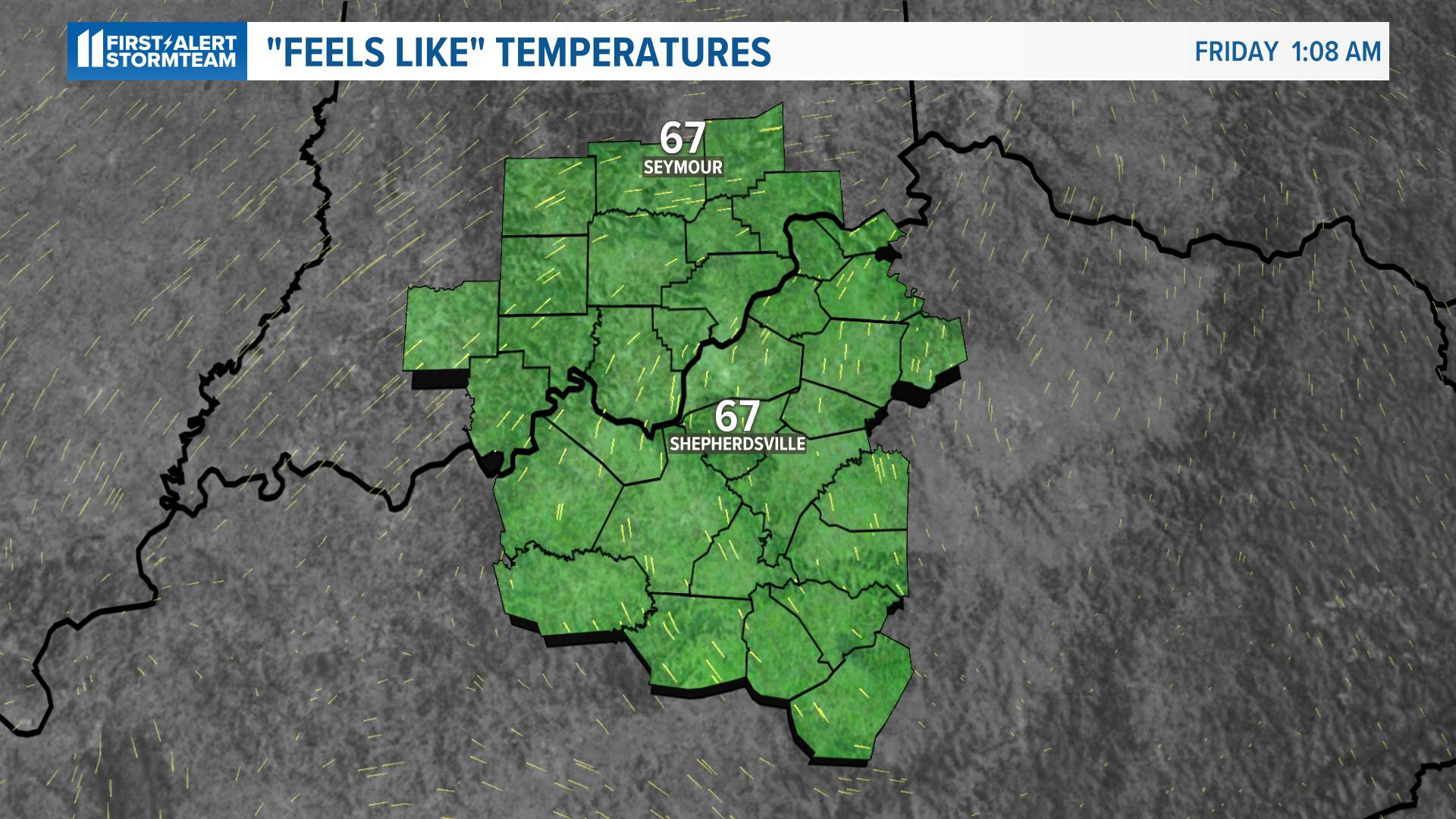Louisville Weather Patterns

Louisville, Kentucky, experiences a humid subtropical climate characterized by hot, humid summers and mild, occasionally cold winters. The city’s weather is influenced by its location in the Ohio River Valley and the prevailing westerly winds.
Average Temperature, Precipitation, and Humidity
Louisville’s average annual temperature is 57.1°F (13.9°C). The warmest month is July, with an average temperature of 79.1°F (26.2°C), while the coldest month is January, with an average temperature of 34.1°F (1.2°C). The city receives an average of 44.4 inches (112.8 cm) of precipitation annually, with the most significant precipitation occurring during the spring and summer months. Louisville’s humidity levels are generally high, with an average relative humidity of 70%.
Seasonal Variations
Louisville’s weather varies significantly throughout the year. Summers are typically hot and humid, with temperatures often reaching into the 90s°F (30s°C). The city experiences occasional thunderstorms during the summer months, which can bring heavy rain and lightning. Winters in Louisville are generally mild, with temperatures typically ranging from the 20s°F to the 40s°F (-5°C to 5°C). Snowfall is not uncommon during the winter months, but it rarely accumulates to significant depths.
Extreme Weather Events
Louisville is occasionally affected by extreme weather events, such as tornadoes, hailstorms, and floods. The city is located in Tornado Alley, a region of the United States that experiences a high frequency of tornadoes. Hailstorms are also common in Louisville, especially during the spring and summer months. The city has also experienced several significant floods in recent years, including the Ohio River flood of 2011.
Radar Interpretation for Louisville: Louisville Weather Radar

Louisville weather radar – Interpreting radar images is a valuable skill for understanding Louisville’s weather patterns. Radar images provide real-time data on precipitation intensity and movement, enabling us to anticipate and prepare for weather events.
Radar reflectivity, measured in decibels (dBZ), indicates the strength of the precipitation echo. Higher dBZ values correspond to heavier precipitation, while lower values indicate lighter precipitation or non-precipitation areas.
Cloud Formations and Precipitation Types
- Stratiform Precipitation: Radar images show a widespread area of uniform reflectivity, indicating stratiform clouds producing light to moderate rain or snow.
- Convective Precipitation: Radar images display isolated or scattered areas of high reflectivity, indicating convective clouds producing thunderstorms, hail, or heavy rain.
Radar Velocity Data, Louisville weather radar
Radar velocity data provides information on the movement of precipitation. Positive velocity values indicate precipitation moving towards the radar, while negative values indicate precipitation moving away.
By combining reflectivity and velocity data, we can determine the direction and speed of approaching or departing weather systems, aiding in weather forecasting and early warning systems.
Louisville weather radar provides a real-time snapshot of the weather conditions in the area. For a more comprehensive view, check out live weather radar , which offers a wider perspective and up-to-the-minute updates. With live weather radar, you can track storms, monitor precipitation, and stay informed about the latest weather developments in and around Louisville.
With Louisville weather radar, you can stay informed about impending storms and plan your day accordingly. But if you’re planning a trip to Tyler, Texas, be sure to check the tyler tx weather forecast as well. Tyler’s weather patterns can differ significantly from Louisville’s, so it’s always best to be prepared.
With the help of Louisville weather radar, you can monitor the weather in both locations and make informed decisions about your travel plans.